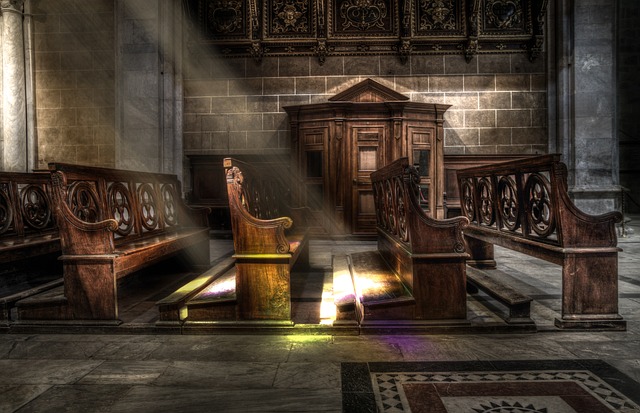
The separation of religion and state remains one of the most debated and complex issues in the United States education system. A country with a rich religious history has faced many dilemmas regarding how to honor the principles of religious liberty and respect the separation of church and state within educational institutions. In this article, we explore the separation of religion and state in the U.S. educational system.
- History of Conflicts and Precedents
The history of the separation of religion and state in the U.S. educational system is rich with conflicts and judicial precedents. One of the most famous cases was the 1962 U.S. Supreme Court decision banning prayer in schools as a violation of the separation of church and state. This precedent has affected many aspects of education in the country.
- Basic Principles of Separation
The principles of separation of religion and state in American education are defined in the First Amendment to the U.S. Constitution. This amendment prohibits Congress from passing laws establishing religion or interfering with religious liberty. These principles have been expanded by the Supreme Court and apply to education at all levels, including state and municipal schools.
- Public Schools and Religion
Public schools in the United States have a strict separation of religion and government. Schools cannot conduct religious rituals, prayers, or sermons. However, they also cannot prohibit individual worship or discussion of religious topics in the context of education, as long as it does not promote a particular religion or create pressure on students.
- Private and religious schools
Private and religious schools in the United States have a great deal of freedom in organizing their educational program. They may incorporate religious elements into the educational process and adhere to certain moral and ethical standards. However, they are also required to comply with laws and regulations regarding safety, discrimination, and other aspects of education.
- Evolution of the debate
Debates about the separation of religion and government in education continue in the United States. For example, there are long-running debates over the teaching of evolution and intelligent design in the curriculum. How to balance respect for religious beliefs and scientific facts remains a complex issue.
- Pathways to agreement
Maintaining a balance between religious freedom and the separation of church and state in education requires careful deliberation and consideration of diverse perspectives. Open dialog between religious communities, educational institutions, and society at large can help find compromise solutions.
The separation of religion and state in the U.S. education system remains a complex topic that raises important questions about religious liberty and the equality of all citizens. Understanding and adhering to these principles is fundamental to preserving diversity and respecting the rights and beliefs of all participants in the educational process.





